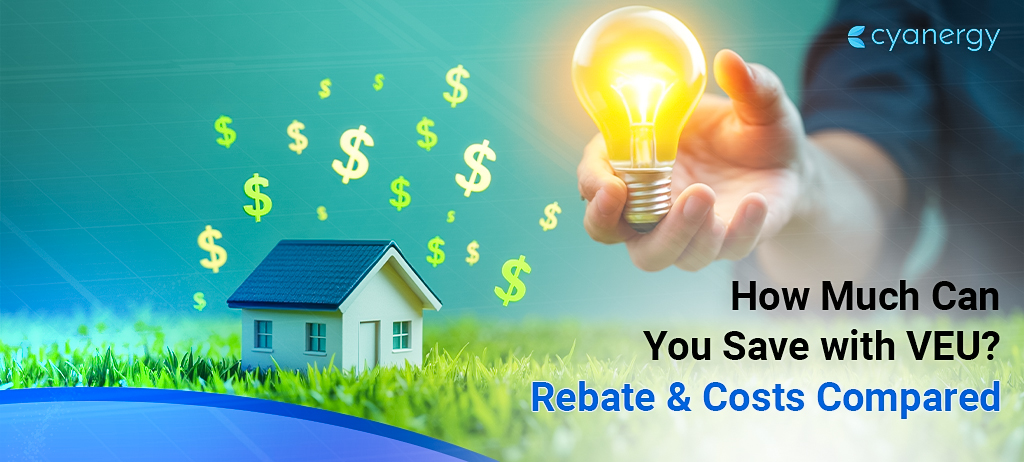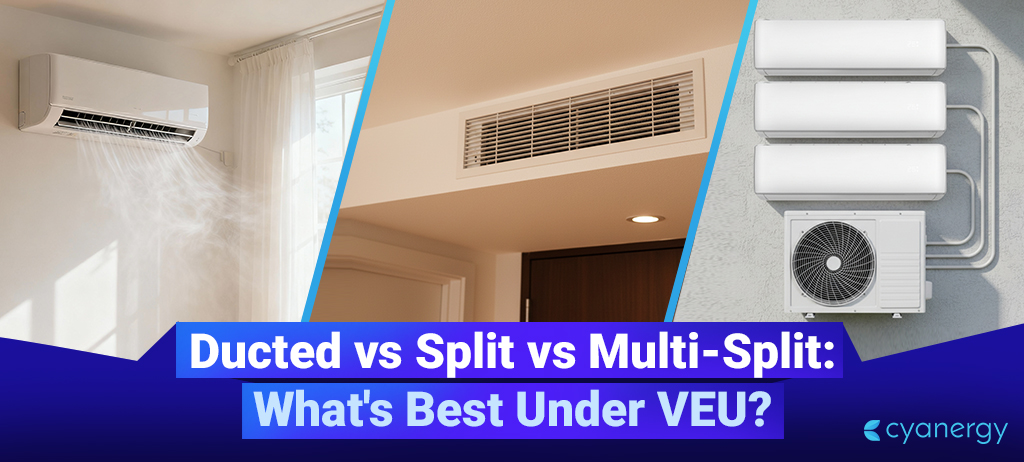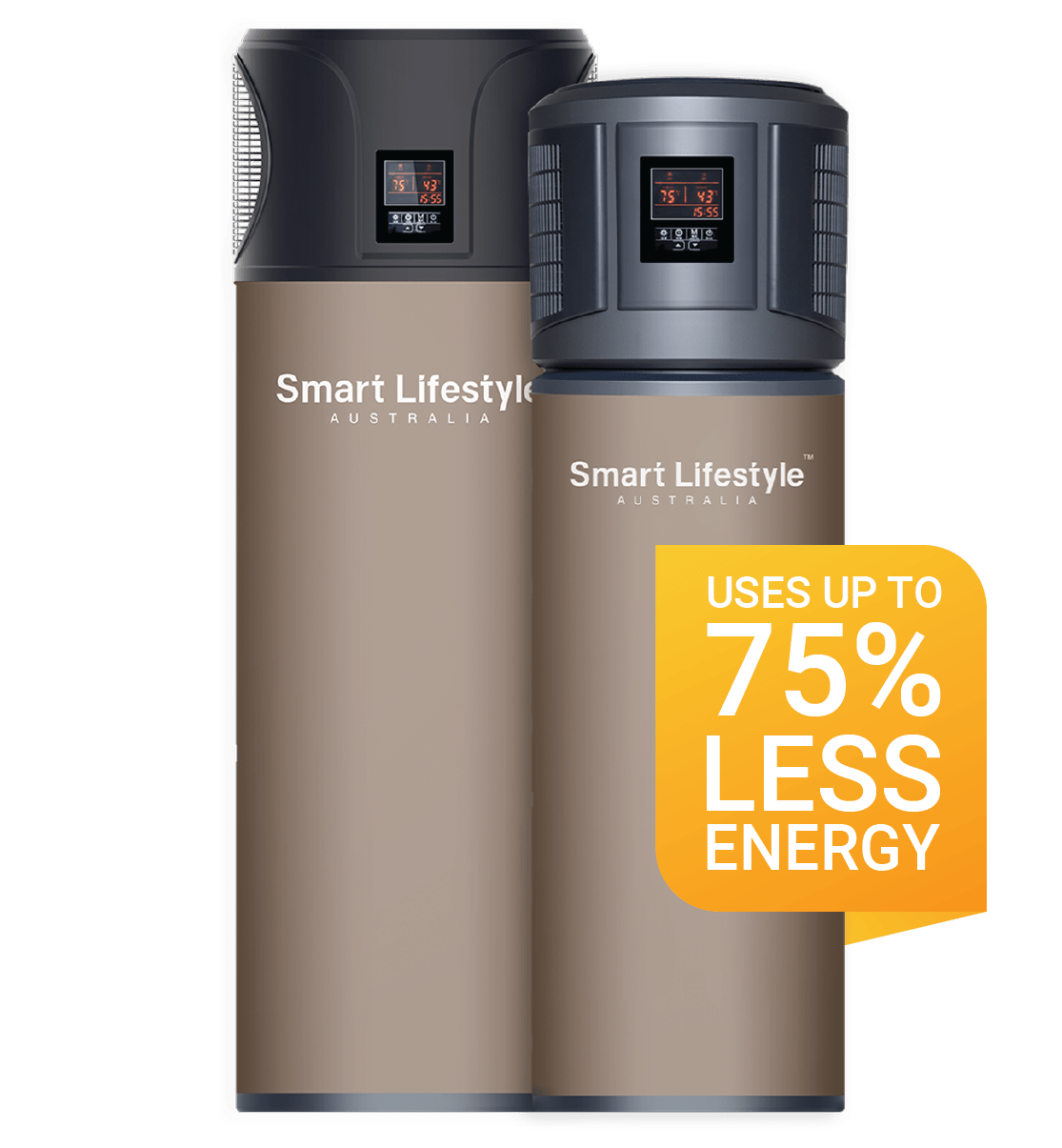As energy prices continue to rise and environmental concerns take centre stage, industrial businesses across Australia are turning to solar power and LED lighting to stay competitive.
These sustainable technologies aren’t just a green choice—they’re a smart business decision. From reducing operational costs to meeting sustainability goals, industries are embracing these solutions for a more efficient future.
In this article, we will examine why industries choose solar & LED for Efficiency. Why solar energy and LED lighting have become the preferred options for Australian industries, and how they provide long-term value in both economic and environmental terms.
Saving Money with Solar Power in Australia
Increasingly, businesses in Australia are opting for solar energy to reduce their power bills and contribute to environmental sustainability. Solar panels are now more affordable than ever, and rising electricity prices make solar energy a smart investment for any business.
By installing solar panels, companies can reduce their electricity costs, receive government rebates and tax incentives, and use less fossil fuel. If they add battery storage, they can store extra solar power for later use, making the system even more cost-effective.
Going solar isn’t just about saving money. It also demonstrates that a business values the environment, which can enhance its reputation and credibility. With numerous benefits, now is an ideal time for Australian companies to transition to commercial solar power.
How LED Lights Work and Help Australian Businesses
LED lights are different from old-style light bulbs, and they’re better in many ways.
Old bulbs, such as incandescent ones, have a small wire inside that heats up and glows to produce light. However, a significant portion of the energy is wasted as heat, making them less efficient.
LED lights (which stand for Light-Emitting Diodes) don’t use a wire. Instead, they use a tiny material called a semiconductor. When electricity flows through it, the material lights up without getting hot. This process is called electroluminescence.
Because of this, LEDs:
- Use much less energy
- Last much longer (many years!)
- Don’t get as hot
- Come in many colours and can even change colours
LEDs are used everywhere today—in homes, shops, cars, streetlights, and screens such as TVs and phones.
Thanks to LED technology, lighting is now smarter, safer, and more energy-efficient than ever before. For businesses, switching to LED lights means lower energy bills, fewer replacements, and better lighting quality.
Why Industries Choose Solar & LED for Efficiency in Australia?
1. Cost Savings and Energy Efficiency
The most compelling reason for industries to shift toward solar and LED lighting is cost-effectiveness. Solar panels help reduce hefty electricity bills, while LED lighting consumes up to 80% less energy than traditional lighting.
Solar Energy: Once installed, solar systems can significantly reduce grid dependency, resulting in annual savings of thousands of dollars.
LED Lighting: LEDs last longer and use significantly less electricity, resulting in reduced maintenance and replacement costs.
By combining both, industries can achieve maximum energy efficiency across their operations.
2. Government Incentives and Rebates in Australia
Australia offers various state and federal incentives to support the transition to renewable energy and energy-efficient lighting.
Small-Scale Technology Certificates (STCS): These reduce the upfront cost of solar installations.
Energy-Efficient Lighting Incentives: Many states offer rebates or discounts for switching to LED lighting in commercial and industrial settings.
These incentives make it even more financially attractive for businesses to adopt solar and LED technologies.
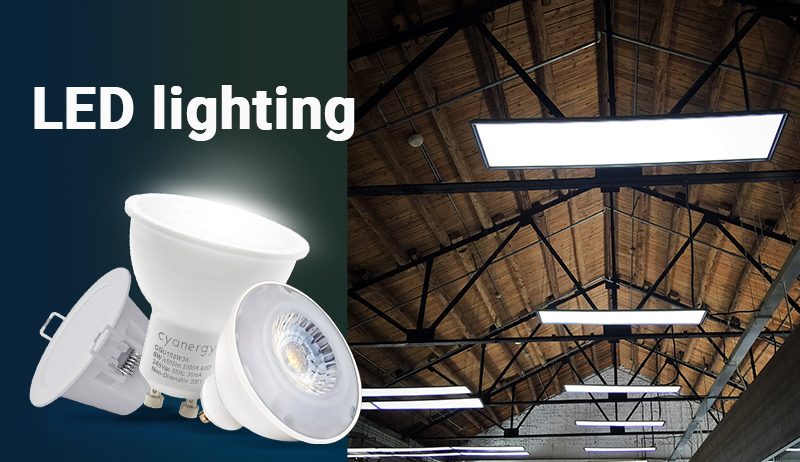
3. Meeting Sustainability and Net Zero Goals
Many industrial companies are under pressure to reduce their carbon footprint and align with Australia’s net-zero emissions targets. Solar and LED are practical tools in achieving those sustainability benchmarks.
- Switching to solar energy helps lower greenhouse gas emissions.
- Using LED lighting significantly reduces energy wastage.
Choosing these technologies demonstrates a commitment to environmental responsibility, which also appeals to eco-conscious customers and stakeholders.
4. Technological Advancements and Smart Integration
With the rise of intelligent energy management systems, industries can now monitor and optimise energy use like never before.
- Smart LEDs can be automated and controlled remotely.
- Solar systems can be integrated with battery storage to provide energy during nighttime or periods of peak usage.
These innovations make energy efficiency more accessible and manageable for large-scale operations.
5. Improved Workplace Performance and Safety
LED lighting provides superior illumination, enhancing visibility and improving safety in industrial settings. Unlike traditional lighting, LEDs do not flicker or emit excessive heat, creating a more comfortable working environment.
Moreover, solar power ensures an uninterrupted energy supply, especially important in remote or off-grid industrial areas.
From cost savings and cleaner energy to better work environments and future-ready tech, it’s easy to see why industries across Australia are investing in solar and LED lighting.
As sustainability becomes not just a choice but a necessity, these energy-efficient solutions offer industries a way to thrive while doing good for the planet.
Solar vs LED Lighting: What’s Better for Australian Businesses?
Businesses in Australia are continually seeking ways to conserve energy and reduce costs while also contributing to environmental sustainability. Two popular lighting choices are solar lighting and LED lighting.
Both have significant benefits, but they are utilised in distinct ways. The right choice depends on factors such as cost, energy consumption, maintenance requirements, and the intended use of the lights.
Cost: Which One Is More Affordable?
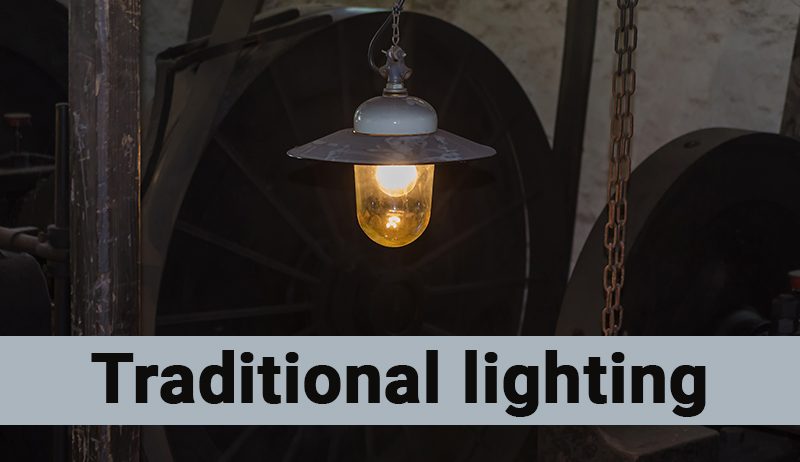
Solar costs more at first. You need to purchase solar panels, batteries, and cover the installation costs.
However, once it’s set up, it can help you reduce your electricity bills to almost zero. Over time, the savings can offset the high starting cost. Additionally, there are government rebates available to help reduce the price.
LED lighting is generally less expensive to install than solar lighting. It’s one of the easiest ways to upgrade your business lighting.
While LEDs still use power from the grid, they use a lot less energy than regular bulbs, so you still save money on your power bills. LEDs are perfect for indoor use.
Energy Efficiency: Which Saves More Power?
Solar power derives its power from the sun, eliminating the need for electricity from the grid. It’s 100% clean energy and ideal for outdoor areas, such as parking lots, walkways, or locations far from power lines.
LED lighting is also very efficient, using up to 80% less power than old bulbs. But it still needs electricity, unless you pair it with solar panels. It’s an excellent choice for businesses that want to save energy while remaining connected to the grid.
Maintenance and Lifespan: Which Lasts Longer?
Solar systems require some care. Batteries may need to be replaced every 5 to 10 years, and panels should be cleaned periodically to function optimally. However, because they have fewer moving parts, they are usually easy to maintain.
LED lights last a long time—over 50,000 hours! They don’t need to be replaced often, so you’ll save on maintenance costs. But since they rely on grid power, they can be affected by power outages.
Environmental Impact: Which Is Greener?
Solar is one of the most environmentally friendly choices. It runs on clean solar energy, so it doesn’t release harmful gases or pollute the air.
LED lighting is also more environmentally friendly than traditional bulbs. It uses less electricity, which helps lower pollution.
However, even if the grid uses coal or gas, LED lights still have a relatively small environmental impact. Still, switching to LEDs is a big step toward going green.
Reliability: Which Works Better in Different Conditions?
Solar lights function optimally in sunny weather conditions. If it’s often cloudy or rainy, solar lights might not receive enough power.
However, modern solar lights come equipped with batteries to store excess energy, allowing them to continue functioning even in dark or cloudy conditions.
LED lights don’t depend on the sun. As long as there’s power, they give steady and bright light, making them ideal for indoor areas or places that need constant lighting.

Best Uses for Businesses
Solar lighting is best for:
- Outdoor areas like parking lots, paths, and streets
- Remote locations without easy access to power
- Businesses that want to be eco-friendly and cut their electricity bills
LED lighting is best for:
- Indoor spaces like offices, shops, and warehouses
- Businesses that want to save money on lighting
- Areas that need consistent and reliable lighting
Both solar and LED lighting are great for saving energy and money. Solar lighting is ideal for outdoor spaces and businesses committed to sustainability. LED lighting is affordable, efficient, and great for everyday indoor use.
Choosing the right one depends on your location, budget, and lighting needs. In some cases, combining solar and LED technologies can offer the best of both worlds.
Thinking about making the switch? Contact Cyanergy today! Now is the perfect time to explore how solar and LED technologies can revolutionise your business’s energy strategy.

